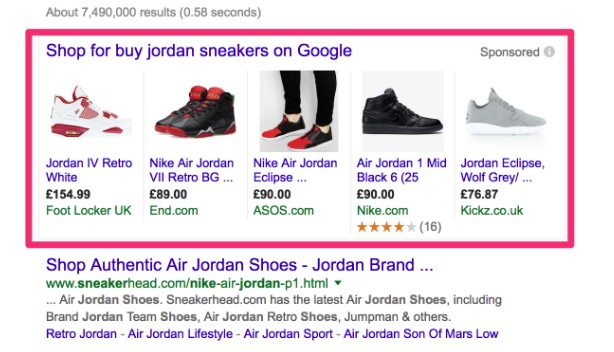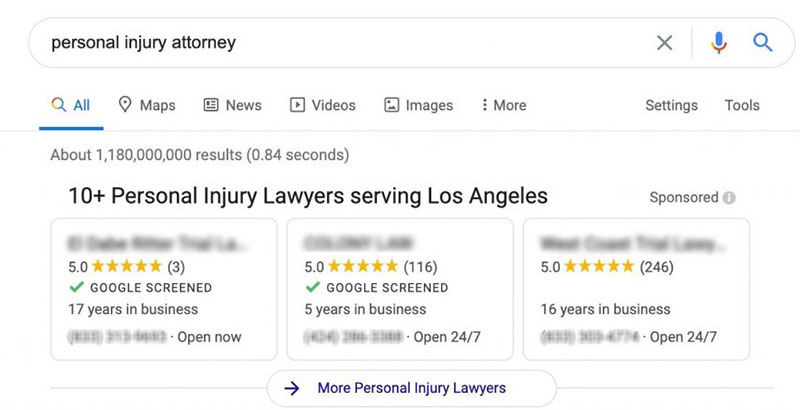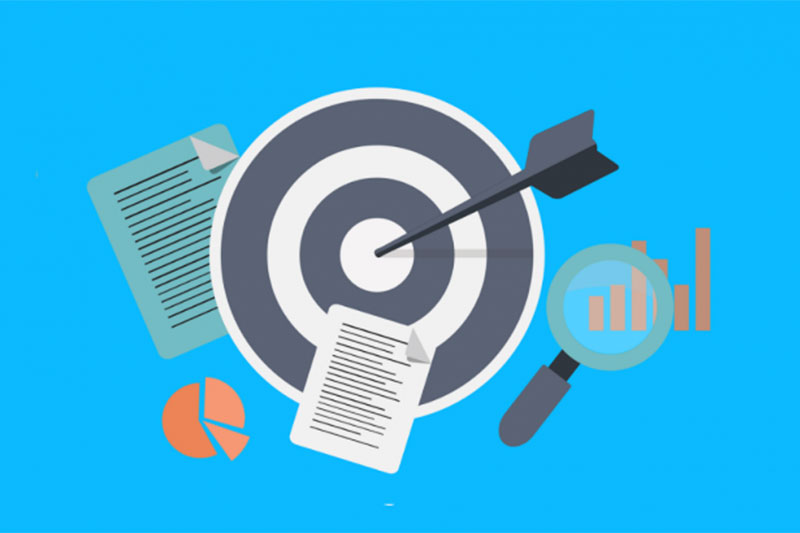SEO X GOOGLE ADS: WHAT is the BEST strategy for my business?
Google Ads and SEO are the two main SEM (Search Engine Marketing) tools and aim to generate results for your company in terms of traffic and conversions.
However, despite having the same purpose, these two marketing strategies work quite differently, which can raise the question: which is more efficient? Which one is the right option for my business?
To try to reach a conclusion, let’s first understand the differences between them.

What is SEO?
SEO involves optimizing your website and content so that it appears in a top position on the search engine results page (SERP). It is a set of techniques that aim to make your website more attractive to search engines.
Despite being a more time-consuming job, when applying SEO techniques to your page, you make it more relevant to searches, which improves its positioning in organic results, that is, you don’t pay to reach a better position.
To help your page rank better you should use optimization techniques such as keyword usage and internal links. The better ranked, the more will be seen, which means more conversions and sales for your business.
Google determines your ranking based on a variety of factors, including:
- Keywords: To help your business rank in the correct search results, you need to choose keywords relevant to your business. For example, if you offer an online math course, think about terms your customers would search for you, like math course, math for beginners, etc.
– How to define keywords for your SEO strategy
- Quality of content: Google aims to direct users to a page that offers high quality content on the subject they are looking for, so when your site offers informative content, it is more likely to get better rankings. Likewise, quality content will keep users on your site longer, increasing engagement and sending Google positive signals about your page.
- Site Security: The security and privacy of personal information is a growing concern for users, and Google knows it, so it ranks sites better SSL certified.
- User experience (UX): Search engines promote sites that offer a positive visitor experience. Some features that improve usability include easy navigation, titles and bookmarks in content, and attractive images and videos.
- Mobile compatibility: Due to the increase in mobile browsing, responsive design has become paramount. A few years ago, Google switched to an indexing system that prioritizes mobile devices, so it’s important to have a mobile-friendly website to rank well in search results.
- Page speed: users want fast information; therefore, if you have a slow loading site, you won’t rank as well. Your site needs to load quickly, or users will likely leave your page before you have a chance to convince them to stay.
An SEO campaign allows you to increase your webpage’s experience, authority and trust through content creation, optimization and improved user experience.
– 12 practical SEO tips for beginners
What is Google Ads?
Google AdWords, known as Google Ads, is pay-per-click (PPC) advertising that allows marketers to reach leads faster.
PPC ads appear in a variety of ways, including:
- Search ads: These text ads appear at the top of SERPs, above organic listings. While these ads are similar to organic search listings, they are tagged “ad” to help differentiate them from other results displayed.
- Google Shopping ads: These ads are displayed in a carousel format at the top of SERPs with images of products from different brands. These lists also include prices so users can compare values.

- Local service ads: These are for service companies, such as plumbers and electricians, who want to attract more local leads. These ads are similar to the Shopping ads with the carousel format, but list the company’s service information.

With PPC, you only pay when users click your ad, which makes Google Ads a more cost-effective option than most traditional advertising methods such as radio, television or newspaper.
PPC ads operate on a bidding system. You set bids for keywords you want to use and the bid amount you want to pay when someone clicks your ad.
When you bid for a keyword, your ad appears in the search results for that keyword. Its placement is influenced by your bid amount and quality score, while how often your ad appears depends on your budget.
– How to reduce costs with Google Ads
SEO X Google Ads: which offers the most benefits for my business?
SEO and Google Ads focus on helping you increase relevant traffic to your website and gain more leads that convert.
In spite of these two tools having their general mechanism of very different operation, the motor of the two is the same: keywords.
In Google Ads, the rule of thumb for your ad to appear is to win a keyword auction. In SEO, the way to make your website more attractive to search engines is through the use of keywords.
You might be asking yourself: if both strategies are based on the right choice of keywords, then what else serves as a parameter to differentiate the two tools and tell me which one is best for my business? Well, we can mention a few more differences to help:
Scope:
- SEO: placement only in search results.
- Google Ads: your ads are displayed on Google and partner platforms. They may also appear within partner sites.
Durability
- SEO: generate traffic continuously.
- Google Ads: generate traffic only for the duration of the campaign.
Keyword
- SEO: works for short and long tail keywords.
- Google Ads: works for short and long tail keywords.
Costs
- SEO: cost of the team involved in planning, implementing and maintaining the strategy. Or, just cost personal time for content development and publishing.
- Google Ads: team cost plus the cost of each ad campaign (cost per ad click).
Results
- SEO: it takes time to generate qualified traffic and attract leads to your company’s website.
- Google Ads: brings faster results.
Metrics
- SEO: Tracking and ROI analysis take time. More elements to consider when measuring results.
- Google Ads: track analytics and ROI instantly.
Ultimately, we can say that Google Ads works best for companies that focus on leads and sales. This strategy is ideal for those who want to see quick results and be able to monitor them as soon as a campaign is launched.
SEO works best if you want to generate a steady stream of traffic over time or increase brand recognition. This strategy helps more people find your business and learn about it.
How do SEO and Google Ads work together?

While SEO X PPC often generates heated debate when it comes to deciding which is best for the business, the truth is, it’s better to use both strategies together.
Both methods increase your visibility in SERP’s, so use them in your digital marketing strategy to maximize the online potential of your brand.
By using SEO and PPC ads together, you can:
- Increase your brand’s visibility: Combining organic and paid results helps increase your page’s visibility and, consequently, the number of opportunities users have to find it.
- Increase traffic: Google Ads helps you quickly gain traffic by attracting leads as soon as your ad is launched. By adding SEO you will start to attract long term traffic. Using both strategies allows you to win either way.
- Use PPC Keywords to Optimize SEO: Using Google Ads to bid on the same keywords you target with SEO means more exposure for your site. Also, testing keywords using PPC ads can help you figure out which ones will be most effective for your SEO campaign.
Still have questions about which tool is more efficient? This is normal, because both are essential for any business that wants to leverage its results on search engines.
Our tip: start investing in your website’s SEO, making it more relevant through qualified content, and then start an Adwords campaign to leverage your image on the internet.
In addition, selecting a platform optimized for SEO to host your business is certainly halfway there to a good positioning in search engines.
Complete eLearning platform, Coursify.me is the ideal solution for those who want to create, sell and promote courses on the internet. With complete optimization for SEO, allows integration with your social networks and content platforms like Vimeo and Youtube, all to improve the visibility of your page.
Serving businesses and professionals in more than 60 countries, Coursify.me is a dynamic and customizable Learning Management System (LMS).
– Learning Management System: What is it?
To learn more, visit our website, take a test and understand why we are the best option for your online course.

